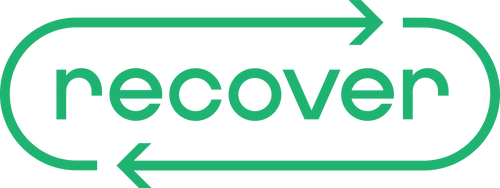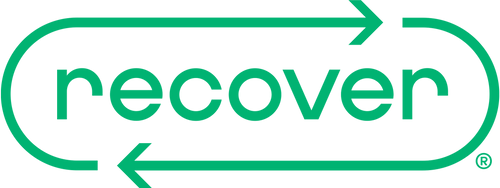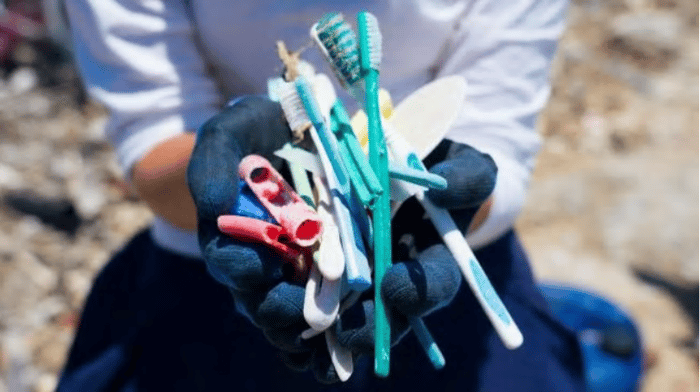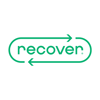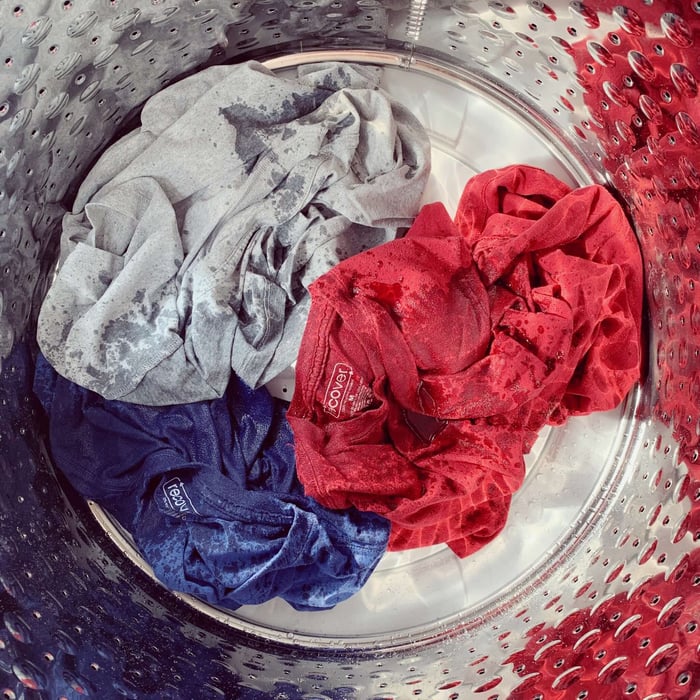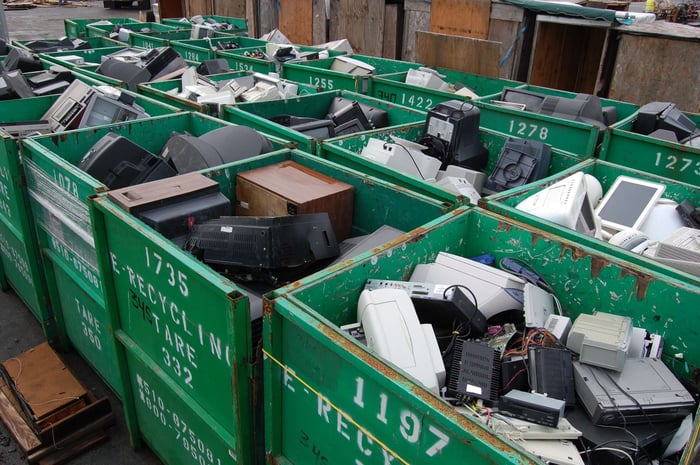Last year, 1.2 billion toothbrushes were thrown away in the U.S., and over 99% of them are plastic. That’s 1.2 billion toothbrushes that end up in landfills, rivers, and oceans throughout the U.S. in just one year, which, if you lined all of those toothbrushes up, would wrap around our earth four times. And, that’s only in the U.S., one of 195 countries in the world. Plus, most plastic toothbrushes cannot be recycled, which means that when your dentist tells you to replace your toothbrush every three to four months, all of those toothbrushes are tossed and the minimum estimate for time of breakdown is 400 years.

Unfortunately, a lot of those toothbrushes end up in the more than 5 trillion pieces of plastic that are floating in our oceans, and are commonly found along North Carolina, Hawaii, and California coastlines by beach walkers. It’s pretty clear it’s time to clean up our toothbrush scene, but how did we even get to where we are today with all of this toothbrush plastic waste catching up with us?
For a vast majority of human existence, many cultures used “chewing sticks” to clean their teeth from naturally beneficial and biodegradable sources such as neem trees. Literally, a chewing stick is just a tree stick that you chew for a bit until it forms “bristles” to clean your teeth with. Other former toothbrushes were made out of such materials as bone and hog hair; but, for some perspective, within the U.S., by 1925, only about 20% of Americans brushed their teeth.
Then, in the early 1930s, DuPont introduced nylon. From there, the first nylon bristle plastic handle toothbrush was introduced to the American public. In World War II, the government gave every soldier a toothbrush and emphasized tooth brushing as a mandatory part of daily routine, and then boom, twice a day every day (and far less tooth removal from cavities and infection) was a new norm. Mainstream toothbrush design hasn’t changed at all until recently, as we find ourselves in the face of plastic pollution catching up with us.
Here are toothbrush options you can switch to right now to take action against plastic pollution:
- Toothbrushes with replaceable heads made out of bamboo (or other sustainable materials), such as Zesso. This is your best option to reduce natural resource overuse, and minimize waste production.
- Other bamboo toothbrushes such as Senza Bamboo and Isshah. Bamboo is one of the most sustainable materials out there because it grows quickly and you can harvest it without disrupting the roots, so harvested areas do not experience erosion. You can also throw your used bamboo toothbrush right on your compost when it’s time for a new one!
- Toothbrushes made out of alternative materials such as recycled plastic. Keep your eye out for their toothbrush recycling programs.

Be sure to Think Full Circle…
You have power as a consumer. Whenever you consider purchasing something, it’s crucial to think about how it’s made, what it’s made of, and what will happen to it at the end of its lifetime. In the case of toothbrushes, bamboo toothbrushes can be composted. Organic material is the number one material sent to landfills in the U.S. While it breaks down differently in compost, in landfills, organic material breakdown creates methane gas, which holds 25 times more heat than carbon dioxide and is a large contributor to climate change. Starting your own compost is really easy and an awesome way to make a positive impact. To learn more check out How to Start Your Own Compost and Get the Dirt on Composting.
Big picture, while plastics might be cheap to manufacture, they have a huge impact on the environment, so items such as plastic toothbrushes are actually “expensive” when we think about them in an all-encompassing way. We’re learning more every day about the impacts of our plastic habits, and sustainable alternatives are everywhere.
